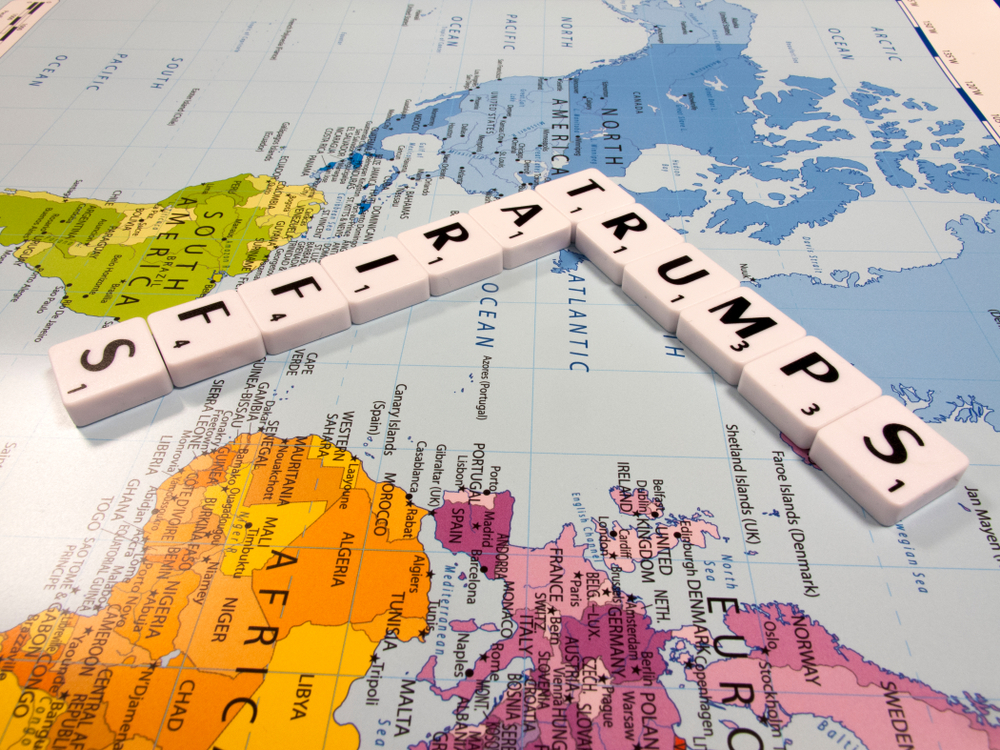As President Donald Trump moves forward with tariffs on Chinese imports, Chinese manufacturers are feeling the pressure. With the U.S. set to impose 10% duties on goods from China, factories are scrambling to adjust. Many businesses stockpile goods, explore new markets, or shift production outside China. These tariffs could increase American consumers’ prices and force Chinese businesses to make difficult choices.
Tariffs Are Already Increasing U.S. Consumer Prices
In an effort to stay ahead of the tariffs, Chinese manufacturers are ramping up shipments to the U.S. Harry Li, a furniture seller, has doubled the number of products he sends to America and is storing them in warehouses. However, this strategy isn’t without consequences.
“I have to ship them in advance and take on more risk,” said Li, who runs Tianyiled in Foshan. Due to the increased costs, he expects to raise prices by as much as 10%. The tariff impact will be significant since four out of five of his furniture pieces go to the U.S.
Chinese Factories Are Finding Creative Ways to Cope
Stockpiling isn’t the only solution manufacturers are considering. Some businesses are looking at alternative products or shifting production to other countries.
“One thing we can do is to pick those products not on the tariff list and export them to the U.S. instead,” said Li.
Meanwhile, Zheng Yu, who runs water purifier manufacturer Tesran in Guangzhou, is searching for a new production base outside China. He is considering Vietnam, Malaysia, and Mexico but is leaning toward Dubai, despite the 30% higher costs.
“The domestic market is too competitive. We have been wanting to jump out of it for some time,” said Zheng. “Trump’s tariffs gave us the final push.”
Factories Could Stop Selling to the U.S. Altogether
For many Chinese businesses, there is a breaking point where selling to the U.S. will no longer be profitable. Depending on the industry, tariff thresholds range from 20% to 60%.
Zheng fears that even Dubai won’t be a viable production hub if universal tariffs are implemented. “Then the U.S. is out,” he said.
Leng Rong, a skincare manufacturer in Guangzhou, is also reconsidering his exports. His company, Keni, was hit with tariffs above 20% in Trump’s first term, leading to significant financial losses.
“In the past, we all felt the U.S. market was the greatest market that everyone wanted to sell to. But with all the uncertainties and unfriendly decisions, the U.S. is less attractive now,” Leng explained. “It’s a real pity.”
Trump’s tariffs are creating ripple effects across global trade. While the U.S. government sees tariffs as a way to boost domestic manufacturing, businesses on both Pacific sides struggle to adapt. If tariffs continue to rise, American consumers may face higher prices, while Chinese manufacturers could be forced to leave the U.S. market. The long-term impact remains uncertain, but one thing is clear—global trade is shifting.



